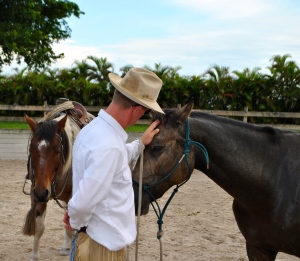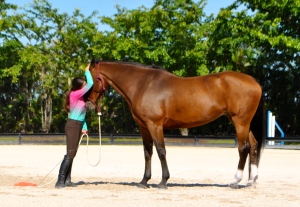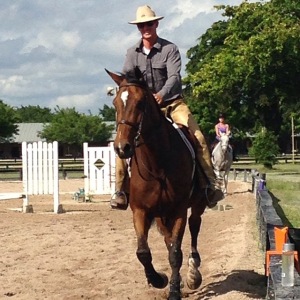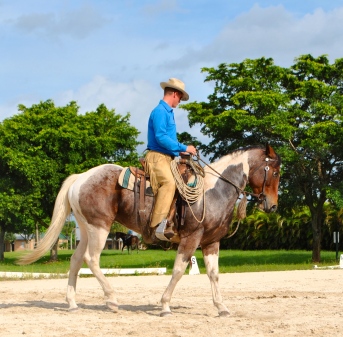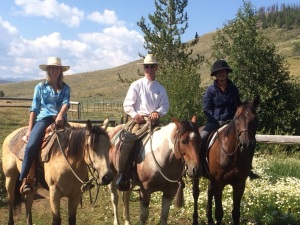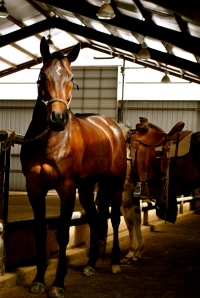Something that has always bothered me is patch jobs, or in other words, temporary fixes. Problems that are patched always come back to haunt you in the long run. Patch jobs only delay the inevitable, and a problem that wasn’t dealt with properly when it arose the first time can become catastrophic due to continued deterioration. If a problem does arise, deal with it properly and save yourself time, money, and stress.
Of course the best way to go about things is to avoid problems altogether by maintaining control of every situation and putting preventative measures into place, but as well all know, life happens. If you’re not able to handle something properly from the start and you’re presented with a problem, go ahead and fix it completely before moving on to the next priority. Once you have something fixed, stay ahead of it with proper maintenance and don’t let it deteriorate causing the same problem to arise again and again. This is the only way to get ahead, otherwise you will find yourself in a state of continual crisis management never allowing you a moment to progress beyond the current situation. An endless cycle of patching will take place until finally everything crumbles in on you and puts you even further behind the eight ball.
So maybe the proper title for this post should be ‘get ahead and stay ahead’. I can’t tell you how many horses I have dealt with that this pertains to, or, more accurately, horse owners I have dealt with that think there is a short term miracle patch job. This leads me to the subject of unrealistic expectations. Sure there are some issues that can be fixed or greatly improved in one session such as trailer loading, bridling, and other more specific situational issues, but all in all, if problems with a horse are not addressed every time you work with the animal, the issues will always creep back in.
If an owner wants to keep his horse respectable on the ground and in the saddle, then he must establish this foundation from the start. I’m talking about the foundation that Buck Brannaman, Tom and Bill Dorrance, Ray Hunt, and countless others started teaching. Once you have that, you can always come back to it if a problem arises. If there is a problem and the horse doesn’t have a solid foundation, then I can only say that there is no time like the present to put one in place.
Ultimately, the foundation builds confidence in the horse by providing it with guiding support in the form of the rider’s ability to connect with the horse physically and mentally through timing, feel, and balance. If your horse has this to begin with, the rest is easy as long as you take the foundation with you as you go.
Here is where patch jobs present a problem with horses – a horse that has no foundation and is put into training has nothing to fall back on when a problem occurs. The problem only gets worse with time until the point where a dangerous situation exists or where the horse completely gives up. If a horse gets to this point, yes, a person could put one ride on them and make them look better, but as soon as the patch is done the horse will go right back into its old habits. In order to fix a horse like this, it takes time and consistency.
Don’t let a horse get to this point. Don’t try to fix problems with patch jobs that will ultimately lead to major issues requiring serious repair that can take forever to get back on the right track. Try to do it right from the beginning, but if that’s not possible, then fix a problem properly and stay ahead of it from there on out. Learn from the mistakes you make along the way so that you can avoid them in the future. If you’re going to do something, then you had best do it in the right way; if you don’t, it will not be a matter of if it goes wrong, but rather a matter of when and how badly it will go wrong. This is especially important for situations involving horses and people in that a problem with the animal can easily become a dangerous life-or-death issue.
 Whenever a person starts to idolize another human they put a lid on their own potential, condemning themselves to acting and doing everything like their idol. This forever holds that person one step below their idol because they think they can never reach the idol’s level.
Whenever a person starts to idolize another human they put a lid on their own potential, condemning themselves to acting and doing everything like their idol. This forever holds that person one step below their idol because they think they can never reach the idol’s level. 